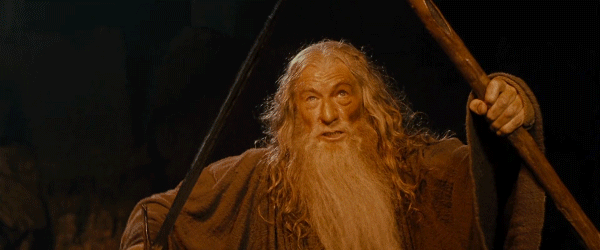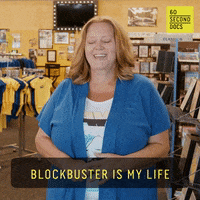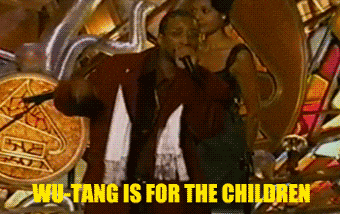AI rev
📢 Why Your Classroom Needs a
Revolution
Not a Refresher
🎯Big Idea: Disrupting the Teacher’s Role
in an AI-Driven Classroom
As AI shakes the foundations of education, teachers face a crossroads: cling to outdated practices or embrace the shift to become guides, learners, and explorers in a world that no longer sees them as the sole source of knowledge.
🔍Teachers Are No Longer the
Gatekeepers of Knowledge
For generations, teachers have been seen as the knowledge bearers, the sages on the stage.
But that role has been slowly eroding, first with the advent of the internet and now with the exponential rise of AI.
AI doesn’t just answer questions—it adapts, personalizes, and empowers students to explore deeply and independently.
In the process, it displaces the traditional teacher role, leaving many educators grappling with an identity crisis.
How can we redefine our value in a classroom where students have access to a near-limitless, interactive corpus of knowledge that no human could possibly compete with?
🔥Why This Should
Hit You Right in the Feels
As teachers, we should all be asking ourselves the same questions. These questions should be waking us up in the middle of the night.
Am I still relevant? AI offers personalized, adaptive learning—something my meticulously crafted slideshow can’t touch. Am I obsolete?
Do my tasks matter? I spent hours designing that essay prompt. But if AI can spit out an answer in 30 seconds, did I just waste my time?
Why does my classroom feel... stagnant? My lessons worked five years ago. Now they feel like an iPod Classic in the age of Spotify.
Are students learning or just complying? Too often, classrooms prioritize task completion over real engagement. We’re unwittingly preparing students for a lifetime of “just checking boxes,” not critical thinking.
The kicker?
Education systems—the Ministries, the Boards—move at the pace of a bloated ocean freighter.
Meanwhile, technology races ahead like a speedboat.
It’s like expecting Blockbuster to lead the charge against Netflix.
✨From Sage to Guide to Co-Learner
Here’s the thing: students don’t need us as gatekeepers of knowledge anymore. They need us to model what it looks like to learn in a changing world. That means:
Embracing curiosity: Show students how to ask better questions, how to follow a thread of fascination, and how to use AI tools mindfully and purposefully.
Reassessing “tasks”: Stop forcing students to jump through outdated hoops (essays, worksheets, tests) just because that’s what we’ve always done. Question if these tasks are truly building skills they’ll need in the real world.
Being vulnerable: Let students see you learning, failing, and adapting. The teacher who explores alongside their students is far more impactful than the teacher who clings to being “the expert.”
🔮 Questions We Need to Explore Together
What skills and mindsets will truly serve students in an AI-driven future?
How can we make mindful use of AI without outsourcing all critical thinking to the machine?
How can teachers stay nimble, creative, and ahead of the curve when the system isn’t built for speed?
📣Let’s Stop Pretending
If you’re still trying to be the smartest person in the room, you’re missing the point.
Let’s pivot. Let’s experiment.
Let’s model what it looks like to be a lifelong learner.
Start today:
Ask yourself: What am I asking students to do, and why does it matter?
Pick one outdated practice and swap it for an experiment.
Dive into AI yourself—play, explore, and see what it can do for your teaching.
If Wu-Tang is for the children, your classroom should be too.
So bring da ruckus
📦 Resource: “10 Ways to Use AI to Make Your Classroom More Creative (and Less Compliant)”
Sign up for the newsletter and get this free guide to jumpstart your journey into reimagining education. It’s packed with ideas for using AI to inspire curiosity, creativity, and real engagement.
Because your classroom isn’t for you.
It’s for them.
And it’s time we started acting like it.


